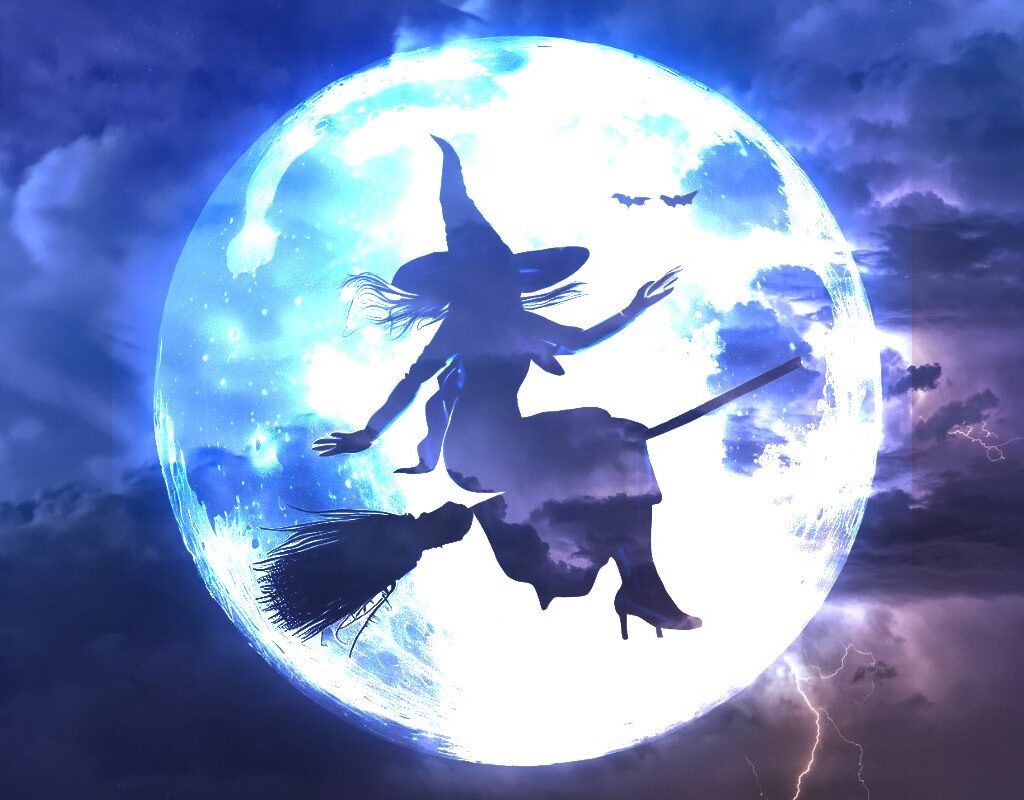Witches, ambiguous figures between reality and fiction, have been present in human history since time immemorial. They have been the subject of fascination, fear and, at times, a convenient excuse to eliminate those who challenge the social status quo.
The Hidden History of Witches: From Hunting to Wicca
The story recalls dark episodes in which women, accused of witchcraft were eliminated because they represented a presumed danger to society.
Between the 15th and 18th centuries, an estimated 40,000 to 60,000 people were executed during so-called witch hunts in Europe and North America. This reinforced fear of the unknown and punished those who did not adhere to traditions or deviated from the norm.
Birthmarks used to be the most common “evidence” of witchcraft although some believed in the existence of secret tattoos. This was an unfounded and often abusive accusation against women, who were stripped naked and examined in private.
However, witches have transcended time, evolving from characters feared and persecuted to becoming figures of fascination and even a symbol of female empowerment.
Discover the myths and symbols of witches over the centuries
In the modern era, witchcraft practices continue with Wicca being one of the best-known forms. Wiccans hold meetings called sabbats and esbats, one of which coincides with Halloween, a holiday that is very popular worldwide.
The image of the witch has been variously portrayed over the centuries. Witchcraft rituals used to involve the use of the mandrake plant which produces hallucinations, generating the belief that witches could fly.
The iconic witch’s pointed hat is another interesting element. Many argue that it originated when Pope Innocent III ordered Jews to wear pointed capes in 1215. However, it wasn’t until the 18th century that this image became popular thanks to artists who painted witches in this way.
The book Malleus Maleficarum, written by the clerics Jakob Sprenger and Heinrich Kramer was a catalyst for witchhunts. This text codified theories against witchcraft, giving “advice” on how to identify a witch.
The Truth Behind Witch Executions: Unraveling Historical Methods and Fallacies
The existence of witches was even confirmed by a Pope. Innocent VIII validated the existence of witches and sorcerers, attributing crimes and worship to the devil. However, accusations were rarely based on real evidence.
Even though witches are often portrayed as women, witchcraft wasn’t limited to them alone. Men and even children were also accused and executed. Gender discrimination played a role in this, as women were seen as more susceptible to the dark arts due to a supposed “moral weakness”.
It is important to remember that the image of the witch burned at the stake, although widely disseminated, is not accurate in all cases. In famous trials such as that of the Salem Witches, those convicted were hung, not burned.





